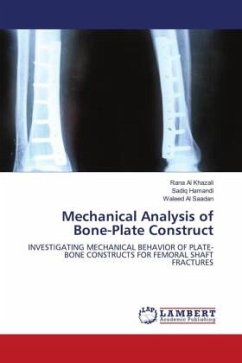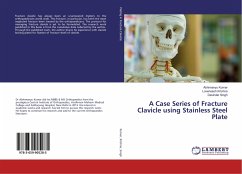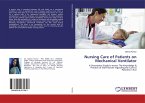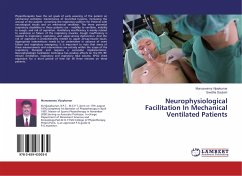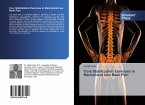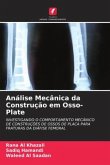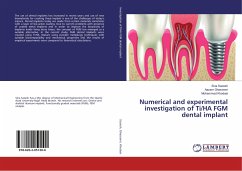Metal plates are widely used to treat bone fractures operationally. Rigid metal plates support the fracture site, maintain good bone fragment contact and allow early weight bearing and mobility for patients.The aim of this paper is to compare the experimental work with the analysis of finite elements for bone plates used to heal femoral fractures according to their effects on the bone and fracture site, and to compare their behaviours under the compression condition that is created while the patient (70 kg weight) is standing up.Firstly, this study is intended to assist surgeons in determining where to position the screws in order to achieve optimal fracture fixation; secondly, to highlights implant failure after a fracture of the femoral shaft; thirdly, to state the amount of deformation created after fixation of the bone fracture under the body mass. This paper focuses on the analysis of bone-plate construct as transverse fracture of femur bone fixed with Dynamic Compression Plate (DCP) of 16 holes and Cortex screws 4.5. To study the effects of positioning of the screws on the mechanical behaviour for different screws arrangements.

